Nothing Ear (2) - Unboxing, design and processing
News update
The Nothing Ear (2) recently won the Red Dot Design Award and are now also available in a new black version. They are now available in limited quantities nothing.tech or from July 21st also at other dealers.
Nothing has also rolled out a new firmware update (1.0.1.101) for the Ear (2). Among other things, the update increases battery life in LHDC mode and optimizes voice quality in adaptive ANC mode.
In addition to important bug fixes, the “Advanced Equalizer” has been added, which allows users to customize the sound even further. With an 8-band equalizer, frequencies can now be fine-tuned and the Q factor can be controlled. In addition, it is possible to create different equalizer profiles, save them and even share them with friends using a QR code.
Unboxing
Nothing relies on sustainability when packaging the Ear (2) and completely dispenses with plastic. Instead, recyclable paper and cardboard material is used, with which the company wants to live up to its ecological responsibility.
Upon opening the box, one is immediately confronted with the slim and elegant charging case that houses the earbuds. Also included are three different sizes of ear tips, a USB-C charging cable and a quick start guide.
Design and workmanship
In terms of design, the Nothing Ear (2) looks confusingly similar to its predecessor, the Nothing Ear (1). Nothing chose to keep the successful signature design with its transparent components, which was by no means a bad decision.
This aesthetic, which the company sees as its trademark, gives the Ear (2) a distinctive and refreshingly different look in a market swamped by similar-looking headphones.
The Ear (2) is made of transparent plastic, which allows you to see the inner workings. At 4,5 g, the earbuds themselves are a touch lighter than the Ear (1) at 4,7 g. However, they are characterized by the same shape, the white driver housing and the transparent stem. Black is not (yet) offered as a color option.
To prevent confusion when inserting them into the charging case, the stems have a distinctive red dot on the right earbud and a white one on the left.
The charging case has also changed slightly. It's now smaller (55,5 x 55,5 x 22mm) and lighter (51,9g) due to a change in the design of the case.
The lid is flatter and the round indentation is slightly smaller. While the symmetrical case sides provide an aesthetic balance, they can also mean that the correct opening direction of the charging case is not immediately obvious. When closing the lid, the attraction of the magnet is pleasantly noticeable.
Nothing has not only focused on design and aesthetics, but also improved the durability and functionality of the Ear (2). The plastic used is robust and shows no scratches even after several weeks of use.
In addition to its robustness, the Ear (2) has improved water and dust resistance. With an IP54 rating, the earphones are protected against moisture such as sweat or rain. The charging case is even more resistant and has a protection class of IP55.
interim conclusion
Nothing has left anything to chance in the design and build quality of the Ear (2). The improvements in weight, durability, and water and dust resistance, coupled with the unique, striking design, make it a serious contender in the wireless headphone market.
Nothing Ear (2) - wearing comfort
The Nothing Ear (2) headphones impress with their good wearing comfort and an appealing style. At no point during the test was there excessive pressure or unwanted slippage, which is particularly noteworthy when worn stationary.
Choosing the right eartip size is made easier with Nothing's personalized "Fit Test". A useful tool for assessing how well the earbuds fit in the ear. The medium-sized earplugs fit me perfectly and ensured soft and comfortable contact with my ear.
The ear (2) is designed in such a way that the largest part sits inconspicuously in the ear and only a small part hangs out. In combination with the slightly oval shape, the earbuds also feel secure during sporting activities. However, it should be noted that the fit of the earbuds, as with all in-ear models, can vary from wearer to wearer.
interim conclusion
The Ear (2) offers a high level of wearing comfort, which is supported by the careful selection of the earplugs and their ergonomic shape.
Nothing Ear (2) - Hardware
The Nothing Ear (2) brings some significant hardware improvements compared to the previous model. Despite the same dynamic 11,6 mm driver design, the developers have upgraded the membrane with a new combination of graphene and polyurethane. According to Nothing, this in turn improves the reproduction of high and low frequencies and thus helps to refine the sound.
Nothing has also revised the interior design of the earbuds, introducing a new dual-chamber design. This offers the driver more space and contributes to a clear, unadulterated sound.
A further technological development concerns the codec support. In addition to the standard codecs SBC and AAC, the LHDC 5.0 codec is now also supported.
LHDC enables the lossless transmission of high-resolution music with up to 24-bit/192 kHz. Provided the connected smartphone supports the codec. Compatible devices include the Nothing Phone (1) and selected models from Xiaomi, OPPO, realme and OnePlus.
Nevertheless, it is worth mentioning that support for LDAC and aptX is missing - two widely used codecs that would certainly have appealed to a wider range of users.
interim conclusion
Despite the similar driver size, the Ear (2) offers some significant improvements over the previous model. Especially when it comes to material and codec support.
Nothing Ear (2) - Sound quality
In terms of sound quality, the Ear (2) has made a significant step forward. The overall sound is more balanced and fuller, thanks to what appears to be careful sound tuning by the design team.
Sound signature and spatiality
The Nothing Ear (2) has a V-shaped sound signature. This means that the bass and treble are emphasized, while the mids have been slightly lowered. This sound curve ensures a lively and energetic sound image that suits genres such as pop, hip-hop and electronic music particularly well.
In terms of spatial reproduction, the Ear (2) shine with a wide soundstage. Instrument separation is well executed, allowing for a clear perception of depth and breadth, immersing the listener.
Depths, mid and highs
In the bass range, the Ear (2) delivers a powerful but restrained reproduction. Compared to the Ear (1), the lower frequencies offer more precision and power. They don't dominate the entire soundscape, but give it a solid base on which the rest of the sound can build.
On the example of The White Stripes - Seven Nation Army the bass line is comfortably robust in the background without affecting the vocals or other instruments.
The midtones also show excellent performance. They are full and harmonize with the rest of the frequency spectrum. While there is a slight drop in the mid-range frequencies that can cause certain male voices to lose some presence, overall mid-range response is decent.
I have mixed feelings about the highs. While the highs help bring out detail and add a certain sparkle to the sound, they can be a bit overemphasized in certain songs. A good example is here Dio - Rainbow In The Dark, where the "pinch harmonics" of the guitar solo can quickly become unpleasant.
With a little finesse and patience, however, the highs can be toned down a bit using the equalizer in the Nothing X app without the overall sound quality suffering.
LHDC codec
The difference between the active LHDC codec and the standard AAC codec is clearly noticeable. With activated LHDC the sound becomes more dynamic and voluminous. Fine details are more prominent, resulting in an even more intense sense of space.
interim conclusion
All in all, the Ear (2) delivers a really impressive listening experience, despite the occasional high-pitched outlier. The sound is far-reaching and offers a good sense of spatial presentation and positioning.
Nothing Ear (2) - noise cancellation
The Nothing Ear (2) is equipped with Active Noise Cancellation (ANC) to attenuate disturbing ambient noise. The ANC can be adjusted to “High”, “Medium”, “Low” and “Adaptive” levels via the Nothing X app.
The test showed that the effectiveness of the noise cancellation fluctuates with varying ambient noise, especially in the middle and high frequency range, which can lead to an uneven listening experience. The ANC of the Ear (2) finally reaches its limits with changing wind noise outdoors.
However, in more stationary environments, such as on a train or plane, monotonous and especially low-frequency noises are filtered well.
An interesting innovation that Nothing has introduced with the Ear (2) is the personalized noise cancellation, which is tuned to the specific ambient noise and the individual shape of the user's ear canal. However, I could not find any significant differences between the personalized ANC and the standard ANC during the test.
In addition to noise cancellation, there's a transparency mode that lets ambient noise through. This is a feature that should not be underestimated, especially in traffic. The transparency mode works quite well, but it can cause the sound quality to suffer a bit.
Nothing has further improved the ANC compared to the previous model. However, in terms of consistency and effectiveness at mid to high frequencies, the ANC quickly reaches its limits.
Nothing Ear (2) operation
A clear upgrade compared to the previous model is the change from the touch gesture to pressure operation using a “pinch gesture”. Interactions are triggered on the stem with a pinching movement between the thumb and index finger and confirmed by a clicking sound.
The "Pinch" system recognizes single, double and triple pinches as well as long presses to trigger various functions such as starting and stopping playback or skipping tracks. Volume control or activation of the voice assistant can also be assigned to a gesture. The actions can be customized via the Nothing X app, although gesture control cannot be completely deactivated.
Compared to the traditional touch gesture, the new mechanism has proven to be more consistent and reliable. Only in rare cases did the pressure-sensitive handles react too sensitively, which occasionally led to unwanted interactions when inserting and removing.
A little more annoying, however, is the delay between the gesture and the execution of commands, which spoils the user experience a bit.
interim conclusion
The squeeze operation is a welcome improvement over the traditional touch gesture. One point of criticism, however, is the noticeable delay between gesture and execution.
Nothing Ear (2) - Latency
To improve the gaming experience and eliminate any audio-video delays, the Ear (2) provides a special "low latency mode" that can be activated via the Nothing X app.
Interestingly, the mode doesn't seem to be relevant to everyone. During my testing, I didn't notice any significant lag in videos or games even without this mode. However, it should be noted that I'm not a heavy mobile gamer and this feature could definitely be useful for this specific audience.
interim conclusion
Even without the "low latency mode" there are no noticeable audio-video delays. However, the mode can be a useful function for certain user groups.
Nothing Ear (2) – voice quality
In a quiet environment, the Nothing Ear (2) delivers impressive voice quality with clear and distinct voice reproduction.
The algorithm for suppressing background noise behaves comparatively aggressively in noisy environments. Although background noise is filtered out effectively, spoken word sounds a bit muffled as a result. A smoother noise reduction adjustment would certainly be beneficial in such situations to preserve speech clarity.
interim conclusion
The voice quality of the Nothing Ear (2) depends heavily on the environment. Quality is excellent in quiet rooms, but there's definitely room for improvement in noisy or windy situations.
Nothing Ear (2) – Nothing X App
All functions of the Nothing Ear (2) are controlled via the Nothing X app (iOS and Android). In addition to the functions already mentioned, the app offers an individually adjustable equalizer. The equalizer has a three-band setting with which bass, middle and treble can be adjusted in 12 levels each.
- The app scans for the earbuds...
- Brief introduction to the gestures…
- The home screen with the battery status.
Alternatively, users can choose between the sound profiles “Balance”, “More Bass”, “More Treble” and “Voice” or create a personal sound profile.
When creating a sound profile, you go through various listening tests. The tests serve to determine a frequency response that is specially tailored to the individual sound perception. I found the result to be extremely appealing and the function has proven to be quite useful for me.
- The equalizer is built into the app...
- The steps to your personal sound profile…
- The frequency response is tailored to the user.
Another highlight and at the same time a new function is the support of Bluetooth multipoint. This makes it possible to connect the Ear (2) to two different audio sources at the same time. In the test, switching between different devices worked seamlessly.
- The pinch gestures are customizable…
- Settings overview...
- Noise cancellation can also be disabled.
Despite the generally good software of the Nothing Ear (2), there is one aspect that still needs improvement: the wear detection. In particular, playback did not always stop automatically when the earbuds were removed from the ears. This is an area that could be further optimized in the future.
interim conclusion
Despite unreliable wearer detection, the app offers an extensive range of functions that optimize the listening experience.
Nothing Ear (2) – battery life
A critical issue is the battery life of the Nothing Ear (2). According to Nothing, it should be around 6,3 hours with the noise canceling deactivated and around 4 hours with the ANC activated.
However, my experiences in the test looked different. With the AAC codec, I achieved an average battery life of around 5,7 hours, which is still relatively close to the manufacturer's specification. However, using the LHDC codec resulted in a disappointing battery life of just 4 hours. With ANC activated, the battery life even shrinks to just 3 hours. In comparison, competing products usually achieve 5 to 6 hours of runtime with active ANC.
Despite the suboptimal battery life of the earbuds themselves, the included charging case offers the option of fully charging the earbuds four times from 0 to 100 percent. The earbuds are fully charged after about 40 minutes. The charging case can be charged either via USB-C fast charging function (approx. 45 minutes) or wirelessly via Qi (approx. 150 minutes).
interim conclusion
Overall, the battery life of the Nothing Ear (2) remains a major weak point that urgently needs improvement in future models.
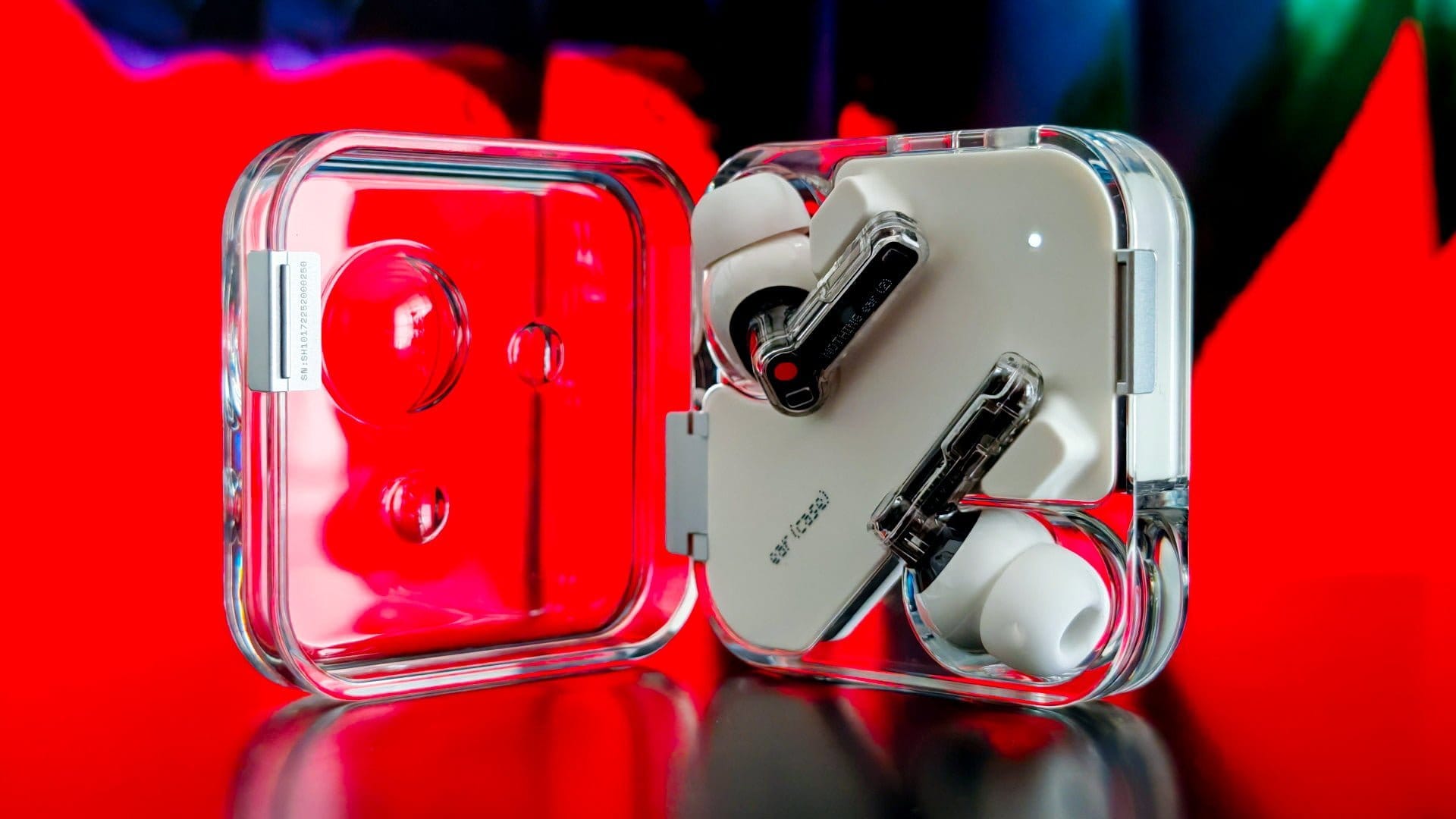
ears (2)
Iconic design
Good wearing comfort (subjective)
Reliable print service
High-resolution LHDC codec
Dynamic sound with a wide stage
App with many features
Bluetooth multipoint
Good microphone quality
No aptX or LDAC
Treble a little too emphasized
Wear detection unreliable
Battery life with ANC
With the Ear (2), Nothing has made its iconic headphones a little bit better. The remarkable sound quality, unique design and comfortable fit make the Ear (2) stand out in its price range and make it an attractive option for music lovers.
Advanced features, like the pressure-sensitive control and personalized sound profile, underscore Nothing's commitment to innovation and user experience.
However, there are areas that leave room for improvement. Battery life is the biggest gripe - it lags significantly compared to the competition. In addition, there are some software issues, particularly related to wear detection, that should be taken into account.
Overall, given the price, Nothing offers a solid package that just needs some tweaking.

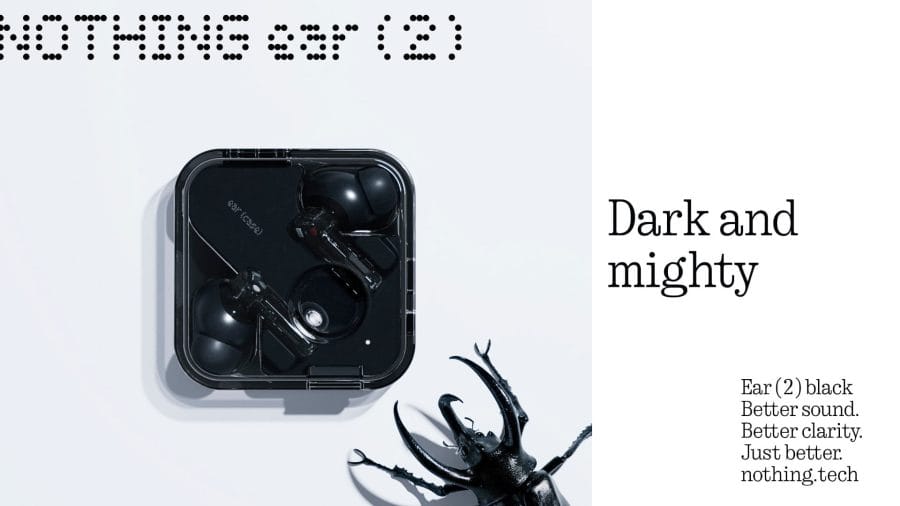
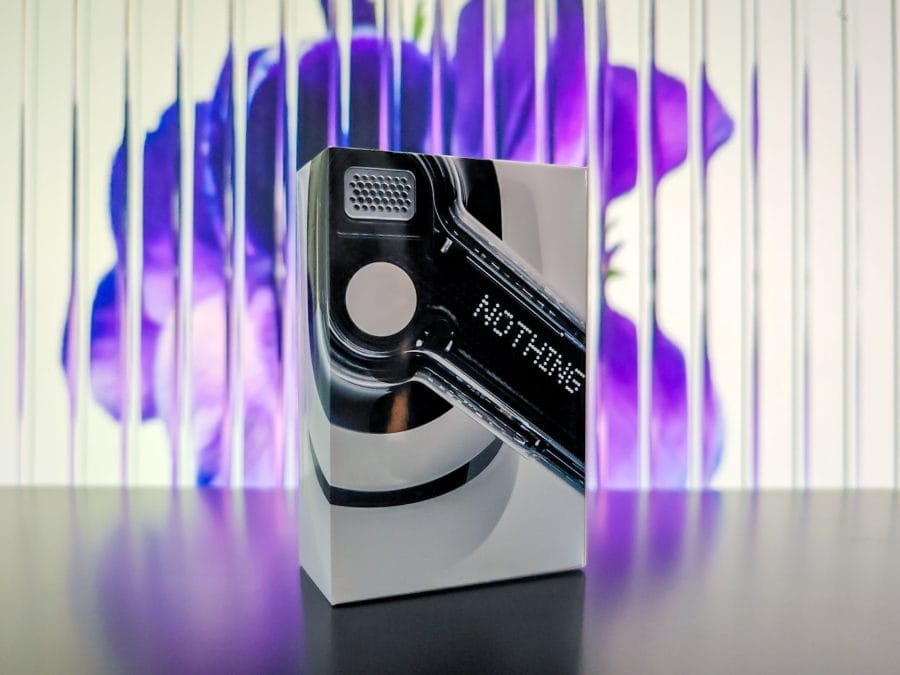
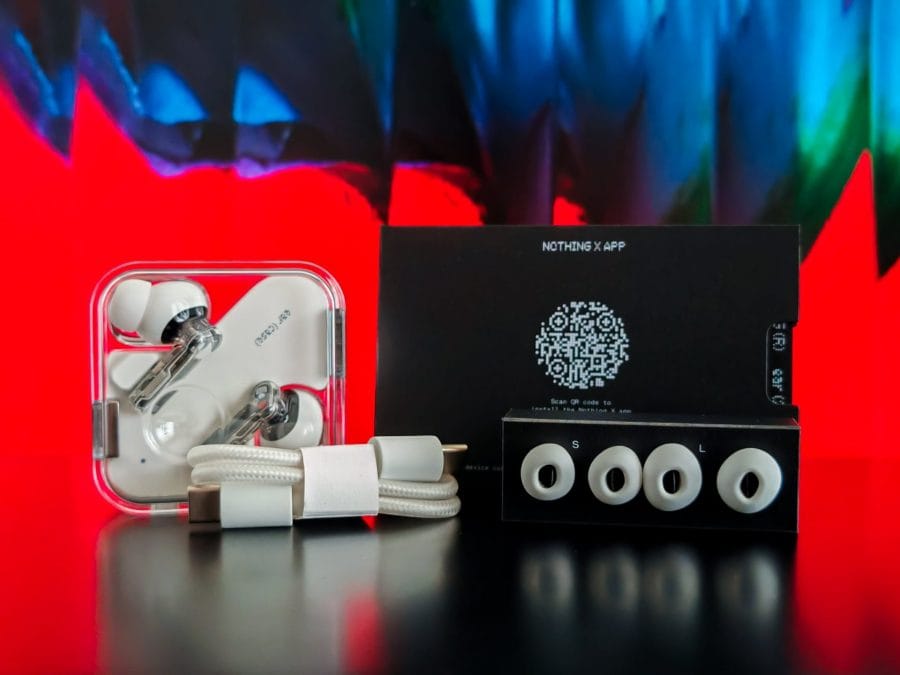
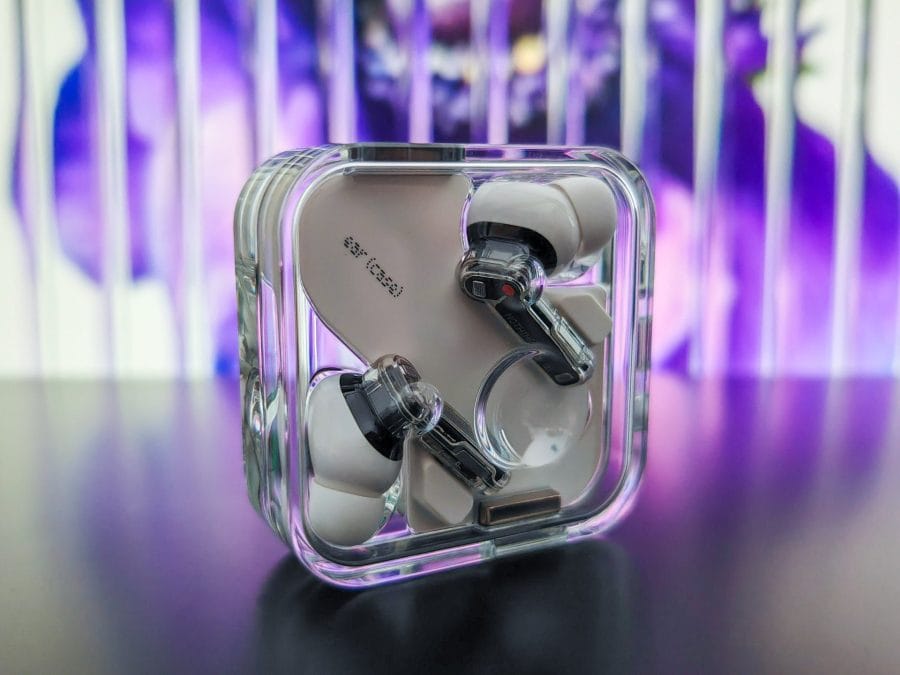
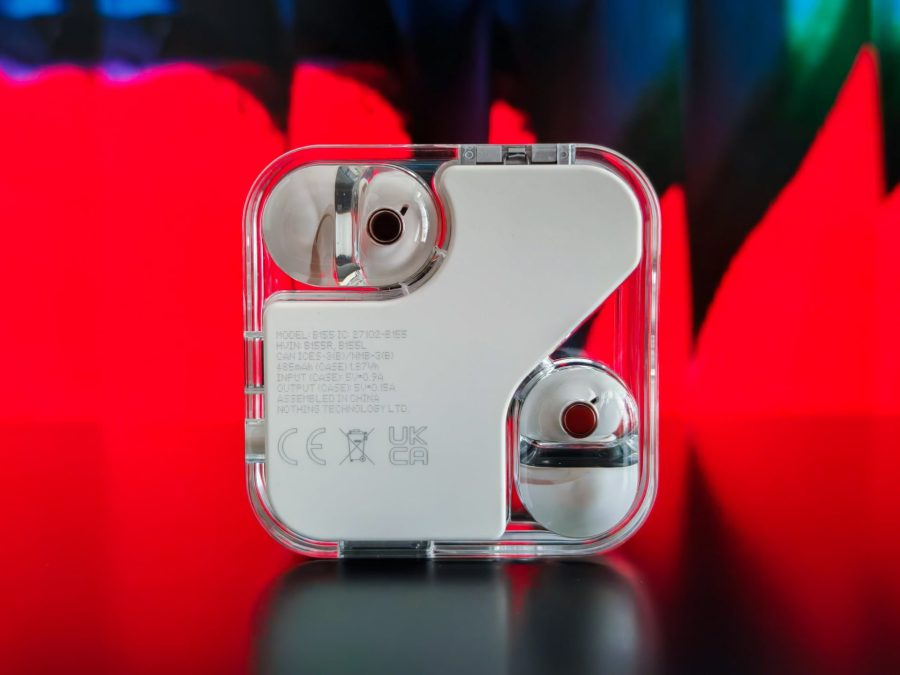
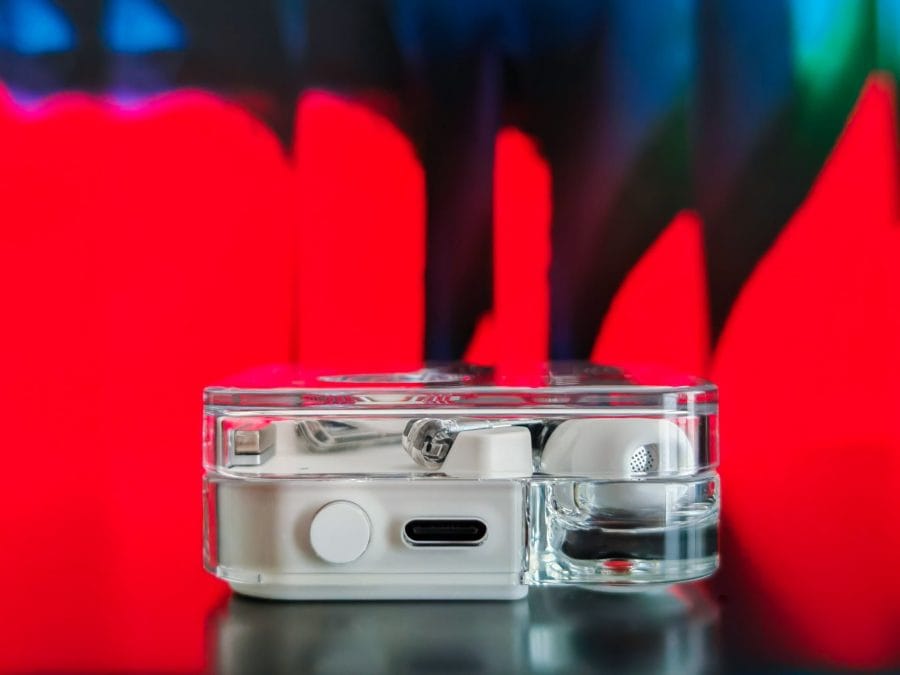
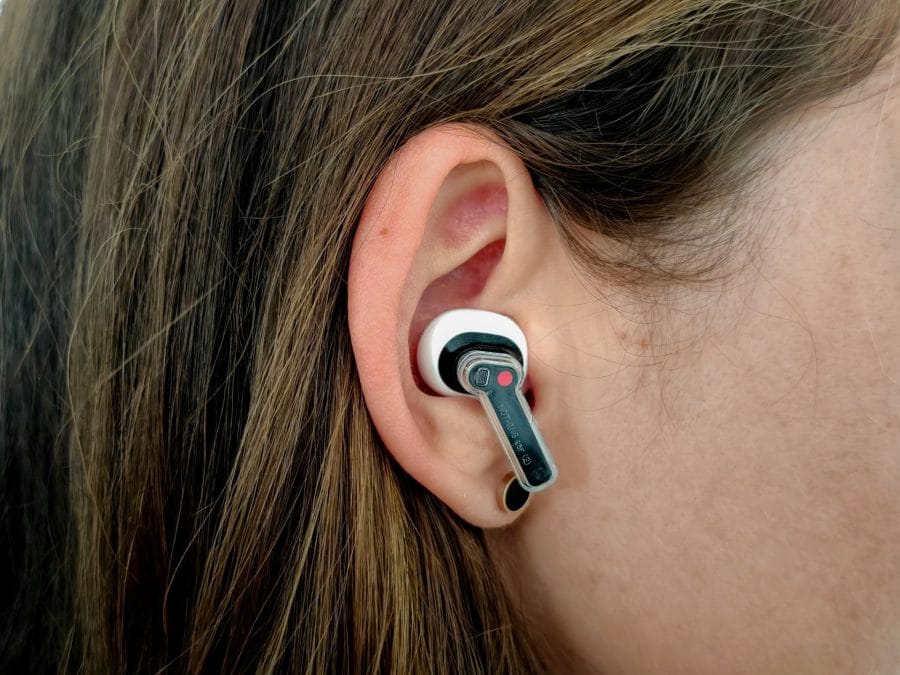
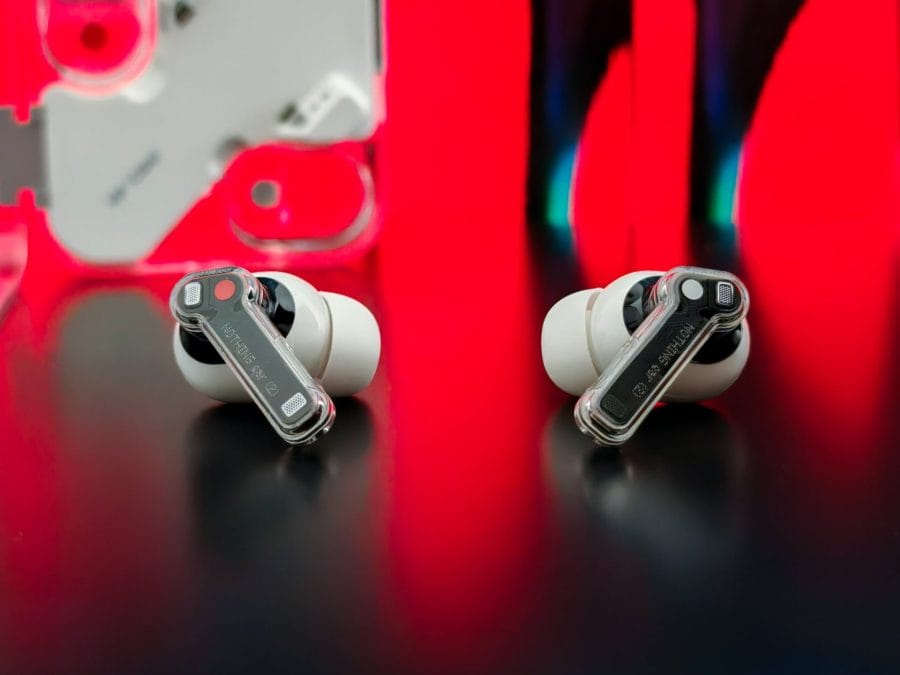
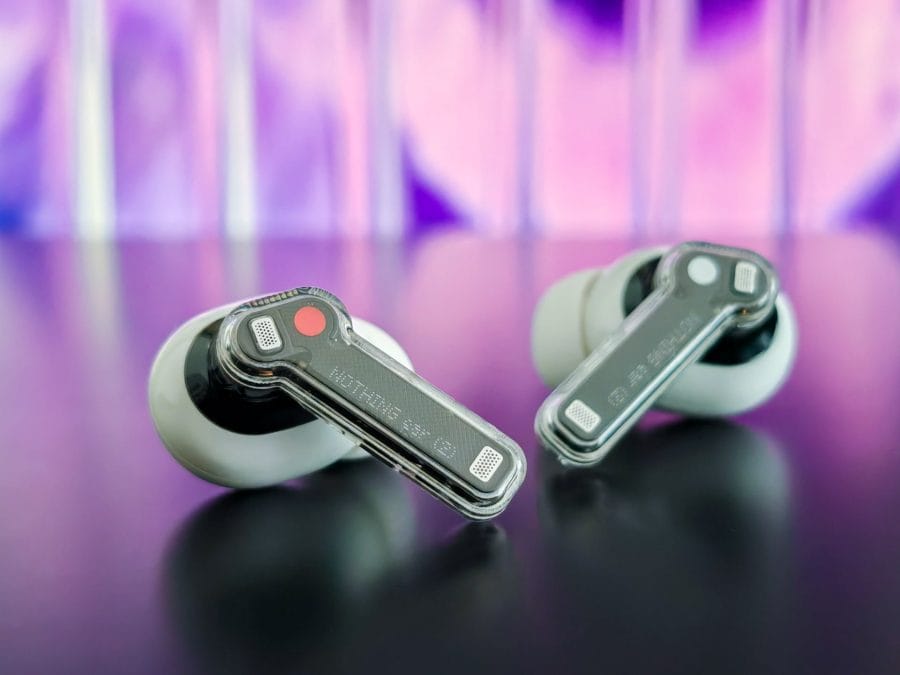
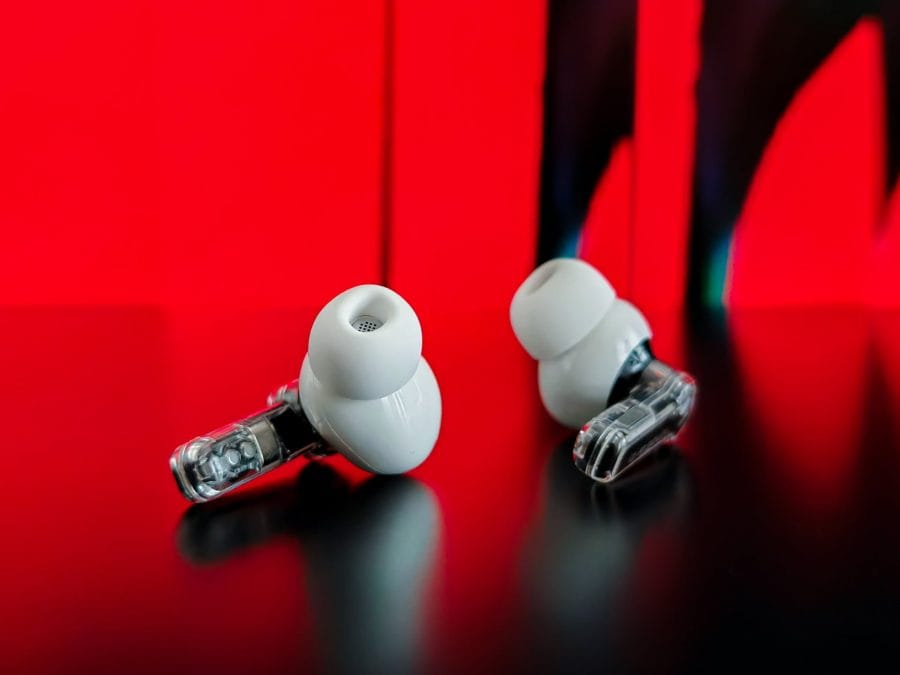
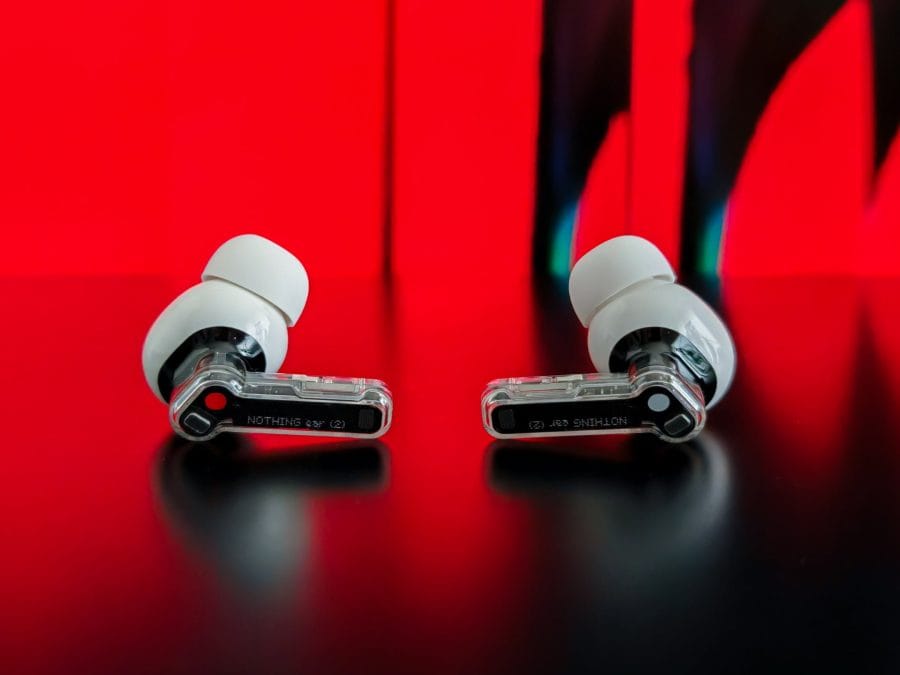
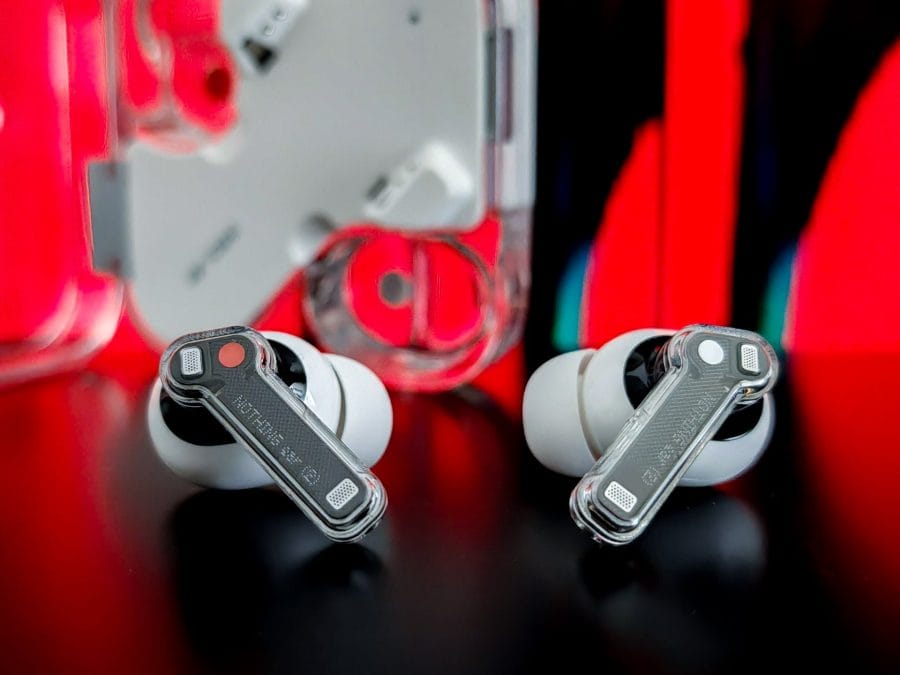
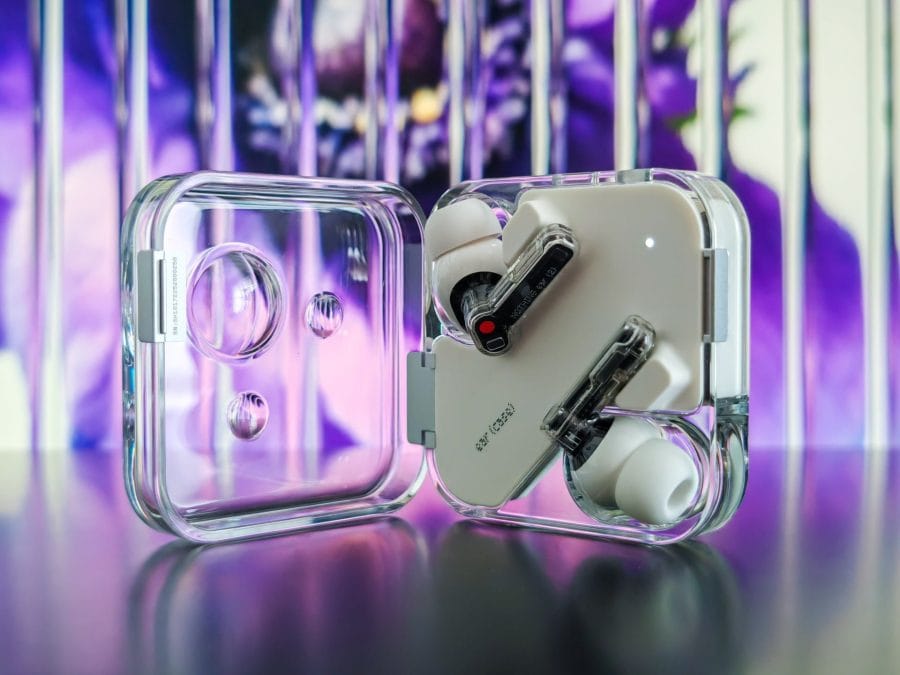
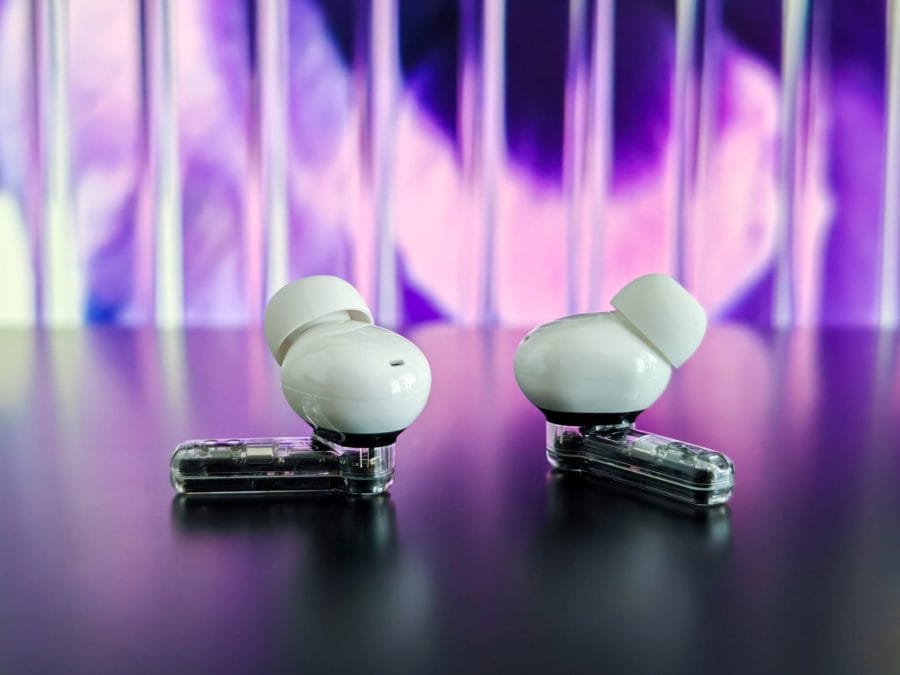
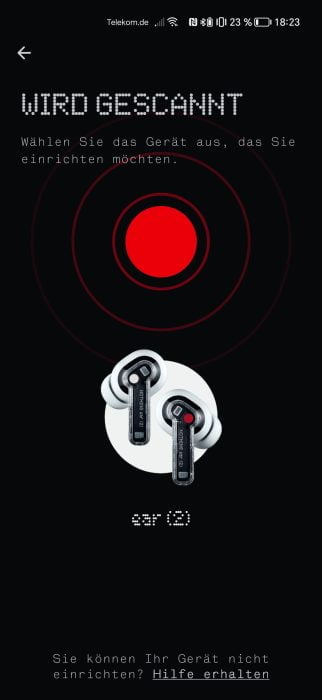
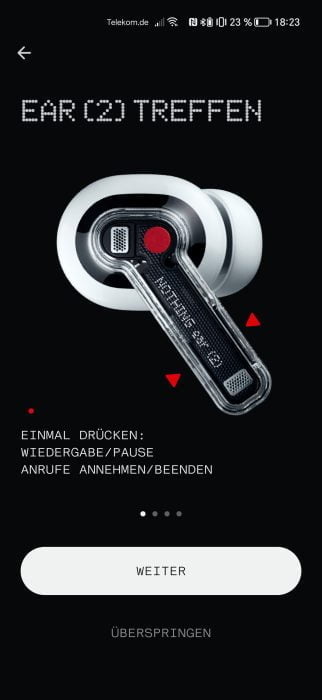
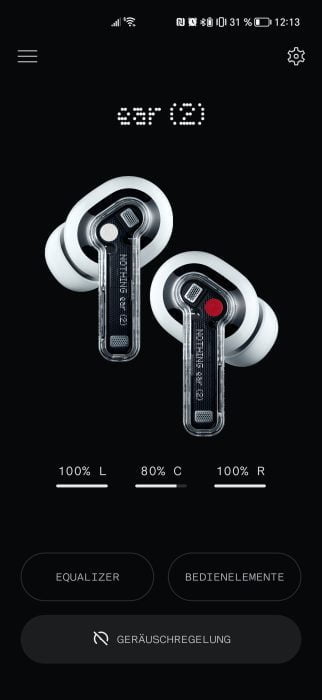
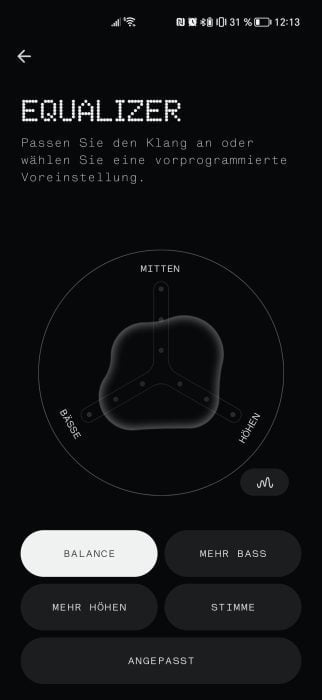
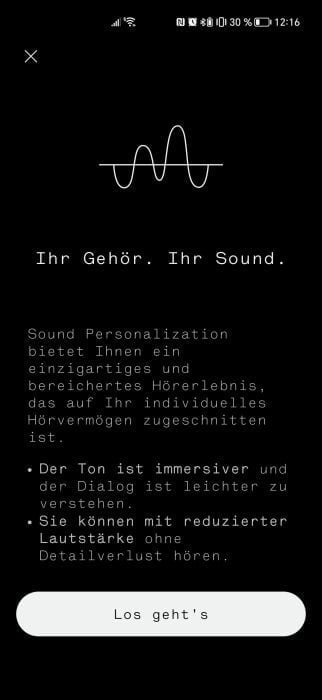
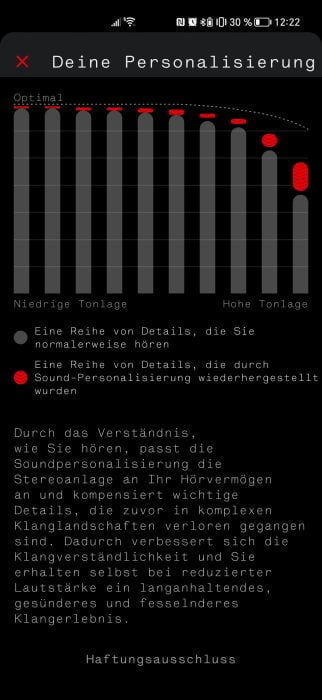
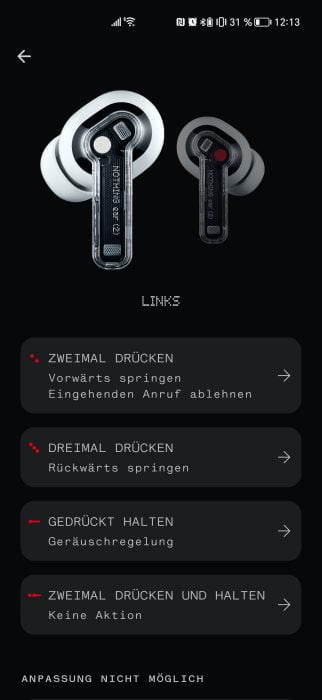
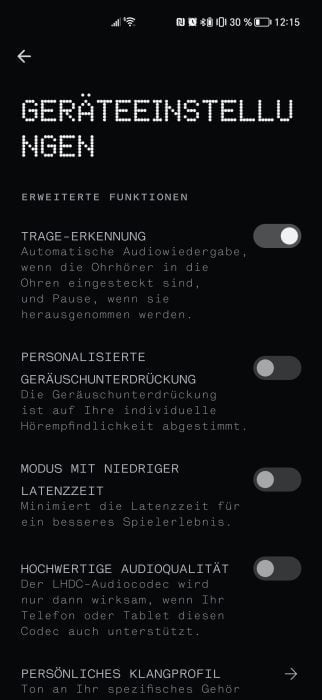
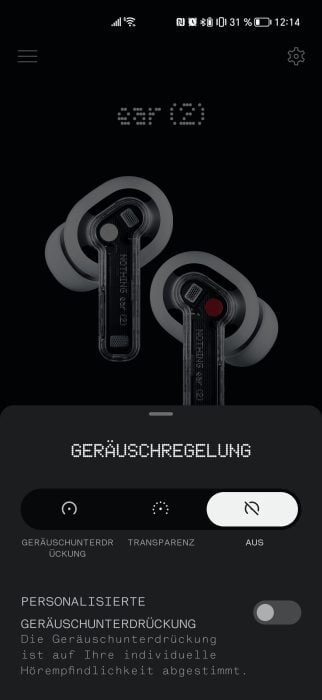





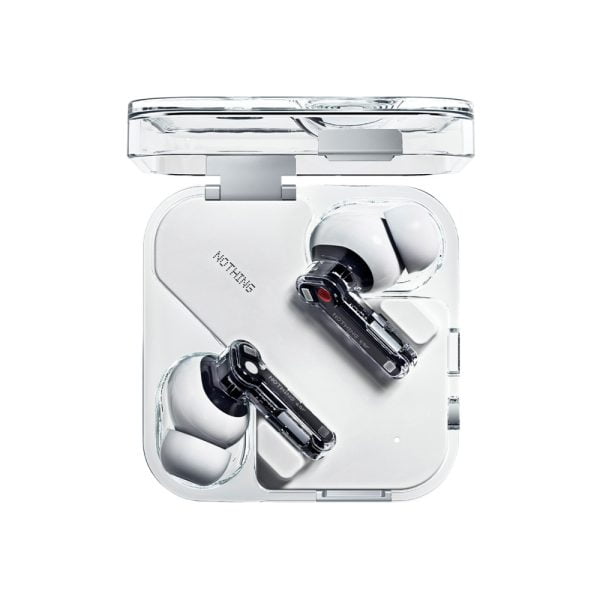
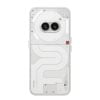


Olli
26. May 2023 10 to: 01
Hi Timo, I've been flirting with the Ear 2 for a while. But now I find that silicone earplugs don't stay in place well. With my old in-ears, I bought extra plugs with foam padding. Do you think these could also fit the Ear 2?
Timo admin
30. May 2023 16 to: 23
Hi Olli, of course you can also use other ear pads. In my case, the Comply TX-100 fitted without any problems.
RA
30. May 2023 14 to: 04
How do I know if my smartphone supports LHDC? Got a Google Pixel 6a.
Timo admin
30. May 2023 16 to: 25
Hi RA, the list of compatible devices is pretty short. Mainly devices from Chinese manufacturers (Xiaomi, realme, OPPO) are supported. Unfortunately, Google's Pixel devices are not included.
RA
31. May 2023 16 to: 21
OK, too bad. Are the Ear 2 worth it even if you can't use the codec or would that be a deal breaker?
Nelly
21. August 2023 18 to: 09
Hello Timo,
When I was researching in-ears, I came across your article with the Nothing Ear 2. I use an iPhone 12 and the AirPods are unfortunately too expensive for me. One also reads more often that the Ear 2 with the AirPods are at least as good, if not a little better. If I get the Ear 2 now, do I have any disadvantages as an iPhone user or do all functions work with it? LG Nelli